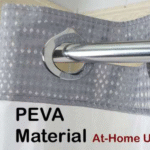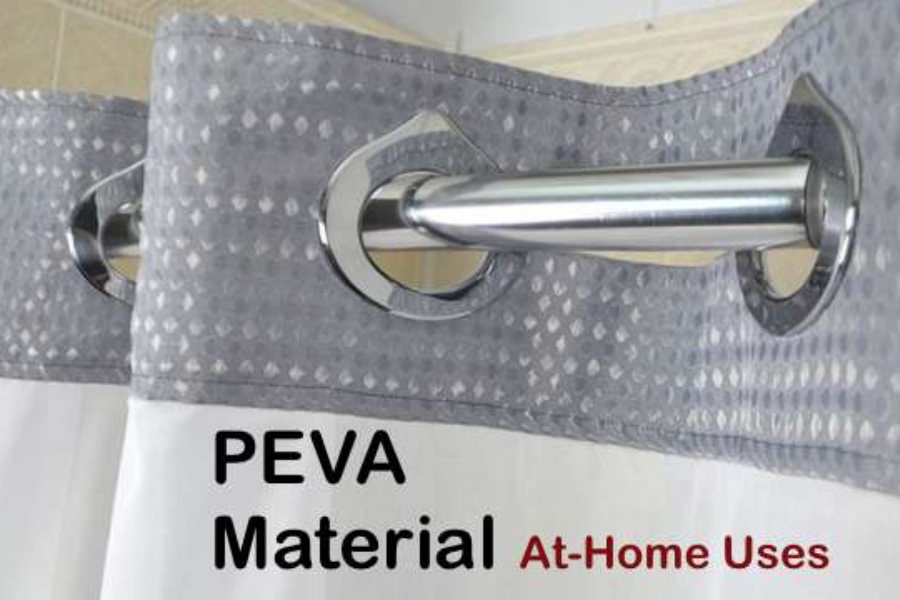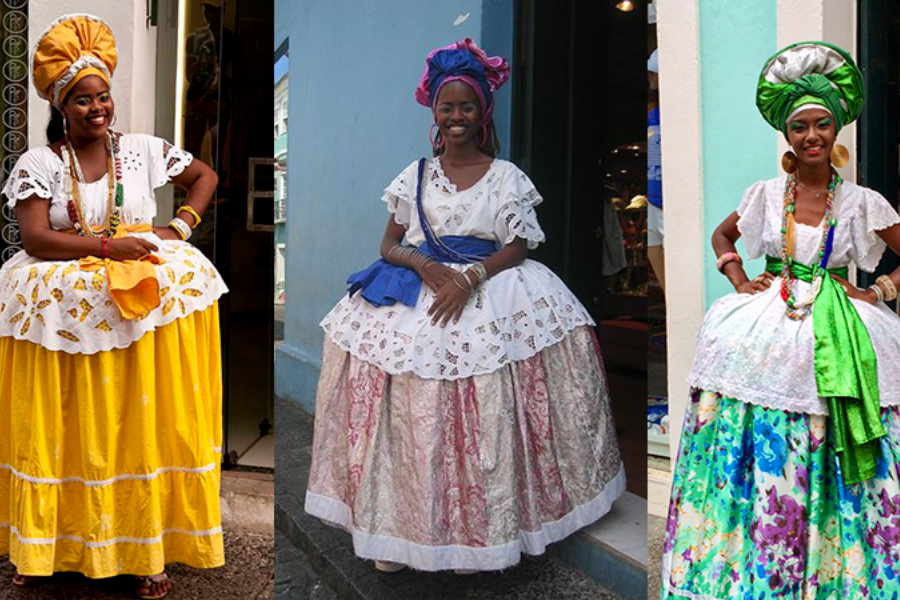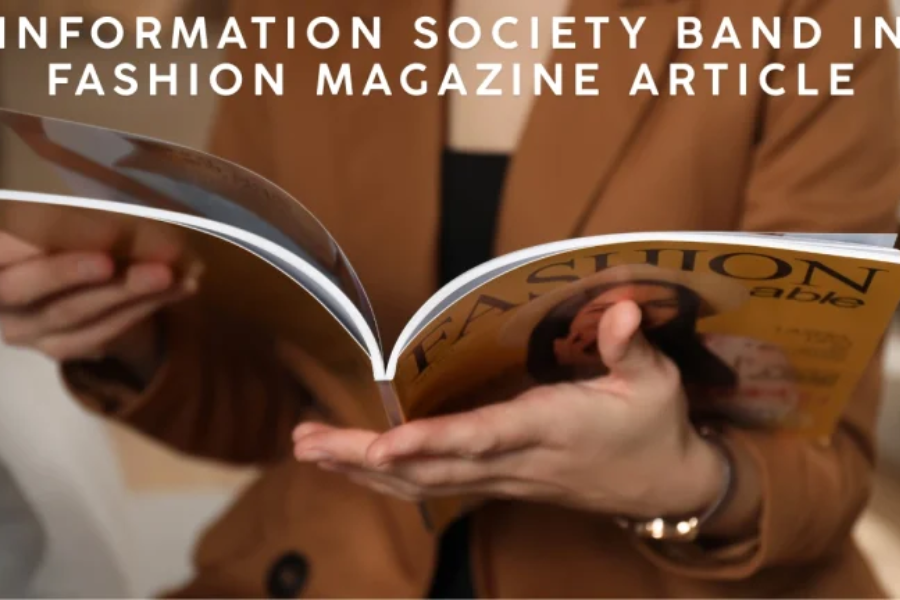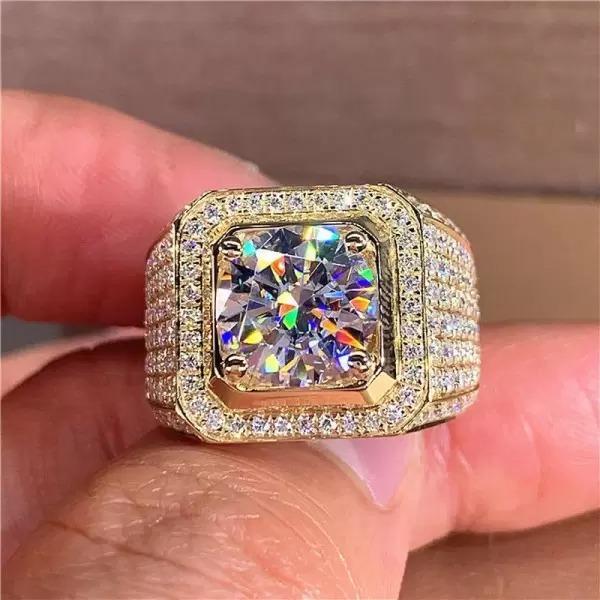The vinyl acetate polyetes (PEVA), also known as ethylene vinyl acetate (EVA), are a versatile and quickly popular material that acts as a safe, environmentally friendly, environmentally friendly alternative for traditional plastic as polyvinyl chloride (PVC). PEVA is known for its flexibility, durability and non -toxic properties, and has found its way to countless domestic and industrial applications. This SEO-adapted article offers a comprehensive guide to PEVA content, and detects its composition, characteristics, use, benefits, challenges and environmental ideas. Whether you are a consumer, producer or stability lawyer, this guide needs you to learn about PEVA, and it will equip you with everything compared to other ingredients.
What is PEVA Material?
PEVA is a copolimer of ethylene and vinyl acetate, with vinyl acetate (VA) content usually varies from 10% to 50%. The ratio of vinyl acetate determines the properties of the material, such as flexibility and strength, it becomes adaptable to different applications. Unlike PVC, which contains chlorine and releases harmful volatile organic compounds such as dioxin, Peva is chlorine -free, which reduces the environment and health risks. It is manufactured through non-chlorine vine thermal plastic wreath rudging, where polyethylene and vinyl acetate pellets are melted and cast into products such as films, foam or sheets.
Peva’s growth in popularity dates from the balance between functionality and safety. It mimics many desirable symptoms of PVC as it makes a favorite alternative for health-conscious consumers and environmentally friendly manufacturers, without water resistance and durability-condensed poisoning. The applications are in the position of PEVA as a versatile material in modern production, from everyday household items to special industrial use.
Properties of PEVA Material
The unique chemical composition of PEVA gives it another set of properties that make it suitable for different applications. These properties vary depending on vinyl acetate materials and production processes. Below are the main features of PEVA:
1. Flexibility and Softness
Vinylacetate component interferes with the crystallity of polyethylene, resulting in a flexible rubber material. The PEVA plot grows with high VA content, making it ideal for products that require drapability, such as shower curtains and garment bags.
2. Water resistance
The non-polar ethylene ingredient in PEVA leaves the water behind, causing it to become waterproof naturally. This property is important for applications such as shower curtains, rainwear and protective cover, where moisture resistance is needed.
3. Stability and cruelty
Pava is very durable, opposes wear and tear in the demand for the environment. It turns to UV radiation, stress and low temperature (up to -70 ° C), making it suitable for both indoor and external use.
4. Not toxic and low VOC emissions
Unlike PVC, PEVA is free of chlorine, fathlets and heavy metals, and reduces the emissions of harmful VOCs. While some studies suggest that PEVA can still free up the low level of VOC, it is considered safe for human health and the environment.
5. Low density
PEVA is lighter, with a density of 0.91–0.93 g/cm (1.32 g/cm PVC), is lighter, increases the gratitude in products such as packaging and laptops.
6. Varme adhesion and low binding temperature
PEVA binds well for materials such as nylon, polyester and canvas at low temperatures, enabling rapid production and stable production processes. This property is valuable for making laminate products.
7. Mold and mold resistance
The waterproof nature of PEVA prevents absorption of moisture and reduces the risk of developing mildew and mildew. It makes it ideal for moist environment as a bath.
8. Shiny finish
Pava often has a smooth, light surface, which combines aesthetic appeal for products such as tablets and shower curtains.
9. A cruelty with low temperature
PEVA maintains flexibility and strength in excessive cold, making it suitable for frozen storage or external applications.
10. Adaptability
PEVA supports silk screening and displacement printing with EVA-based ink, providing decorative and marked products.
Uses of PEVA Material
PEVA’s versatility makes it a staple in both household and industrial applications. Its non-toxic, durable, and waterproof properties enable its use in a wide range of products. Below are the primary applications of PEVA:
1. Shower Curtains and Liners
PEVA is a top choice for shower curtains due to its waterproof, mold-resistant, and non-toxic properties. Unlike PVC, it doesn’t emit strong chemical odors, making it safer for bathroom use.
2. Garment Bags and Protective Covers
PEVA is used in garment bags, car covers, and mattress protectors for its water resistance and durability. Transparent PEVA bags allow visibility of contents, aiding organization.
3. Tablecloths and Aprons
PEVA tablecloths are affordable, easy to clean, and resistant to stains and spills, making them ideal for everyday dining or messy events. Similarly, PEVA aprons are practical for kitchens and workshops.
4. Medical and Food Packaging
In the medical field, PEVA is used for disposable gowns, aprons, and fluid-resistant covers due to its safety and moisture barrier properties. In food packaging, it preserves freshness by preventing moisture penetration.
5. Sports and Outdoor Gear
PEVA is found in sports equipment like ski boots, bicycle saddles, and fishing rod handles due to its flexibility, shock absorption, and durability. It’s also used in floats for fishing gear and floating eyewear.
6. Children’s Products
PEVA’s non-toxic nature makes it suitable for baby bibs, toys, and suckers. Its safety profile ensures minimal risk for young children.
7. Adhesives and Craft Materials
PEVA is used in hot glue sticks for crafting due to its strong, flexible adhesion when melted. It’s also employed in cosplay costumes and foam crafts for its lightweight and moldable properties.
8. Photovoltaic Cell Encapsulation
PEVA is used in the solar industry to encapsulate crystalline silicon solar cells, providing protection and durability for photovoltaic modules.
9. Biomedical Applications
PEVA serves as a drug-delivery device in biomedical engineering, forming gel-like substances for controlled release in the body. Its inert nature ensures minimal reaction post-implantation.
Benefits of PEVA Material
PEVA provides many benefits of traditional materials such as PVC, making it a favorite option for many applications:
- Environmentally friendly compared to PVC: Chlorine -free composition of PEVA reduces toxic emissions during production and disposal, which reduces the environmental effects.
- Health condition: Free for phthalates and heavy metals, PEVA is safe for domestic use, especially around children.
- Cost effective: PEVA is more cheap than premium clothing that non-types PVC or organic cotton, providing a balance between value and performance.
- Versatility: Its adaptable properties correspond to a wide range of products, from shower curtains to medical supply.
- Easy maintenance: It is easy to clean the smooth surface of the pava, which makes it convenient for objects such as tablets and shower curtains.
Challenges and Limitations of PEVA
While PEVA has many benefits, it also has limitations that consumers and manufacturers should consider:
1. Non-Biodegradable
Despite claims of biodegradability in some sources, PEVA is a petroleum-based plastic that does not fully biodegrade, contributing to landfill waste if not recycled properly.
2. Limited Breathability
Unlike natural fibers like cotton, PEVA lacks breathability, making it unsuitable for clothing or items requiring air circulation.
3. Potential VOC Emissions
While PEVA emits fewer VOCs than PVC, some studies indicate it may still release low levels of VOCs, which could affect sensitive individuals or aquatic organisms.
4. Less Durable than PVC
PEVA is less rigid and more prone to tearing or puncturing compared to PVC, which may limit its lifespan in high-wear applications.
5. Recycling Challenges
PEVA’s recyclability is limited, as many municipal programs do not accept it. Specialized facilities are required, which may not be widely available.
Environmental Impact of PEVA
PEVA is marketed as an environmentally friendly alternative to PVC due to its chlorine-free composition and low VOC emissions. However, the environmental effect is fine:
- Production: Construction of PEVA depends on the petrochemicals and contributes to the non-diagnostic resource reduction. However, it produces less toxins than PVC.
- Settlement: In the form of a non-biologically degradable plastic, PEVA can contribute to microplastic contamination if not recycled. Some manufacturers use recycled PEVA to reduce waste.
- Recycling: PEVA recycling is possible, but special functions require. Consumers should investigate local programs using recycled PEVA or choose the possibility of brands.
- Stability comparison: Compared to natural materials such as cotton or ganja, PEVA has a high environmental footprint because of the synthetic nature. However, there is a step ahead of PVC when it comes to low poisoning.
PEVA vs. PVC: A Comparative Analysis
PEVA is often compared to PVC due to their similar applications. Below is a comparison of key aspects:
| Aspect | PEVA | PVC |
| Composition | Non-chlorinated, ethylene-vinyl acetate copolymer | Chlorinated, contains phthalates |
| Toxicity | Low VOCs, no chlorine or heavy metals | High VOCs, releases dioxins and phthalates |
| Environmental Impact | Less harmful, recyclable but not biodegradable | Highly toxic, persistent pollutants |
| Durability | Flexible, less rigid, prone to tearing | More rigid, highly durable |
| Cost | Affordable, slightly costlier than toxic PVC | Cheaper (toxic versions), costlier (non-toxic) |
| Applications | Shower curtains, tablecloths, medical uses | Pipes, toys, construction materials |
PEVA’s chlorine-free nature and lower toxicity make it a safer choice for household products, but PVC’s durability and lower cost keep it prevalent in industrial applications.
How to Care for PEVA Products
To maximize the lifespan of PEVA products, follow these care tips:
- Cleaning: Wipe PEVA items like shower curtains or tablecloths with a damp cloth and mild soap. Avoid machine washing, as it can wear out the material.
- Drying: Air-dry PEVA products, as dryers can damage the plastic. For shower curtains, hang them with the smooth side facing the shower to prevent water retention.
- Storage: Store PEVA items in a cool, dry place to prevent degradation. Avoid folding tightly to prevent creases or tears.
- Recycling: Check with local recycling programs for PEVA disposal options. Opt for brands using recycled PEVA for sustainability.
Why Choose PEVA?
The combination of Pava’s safety, versatility and strength makes it a compelling alternative for consumers and producers. The non-toxic profile is ideal for homes with children or health-conscious individuals, while its durability and water resistance correspond to practical applications. For environmentally conscious buyers, PEVA offers a slightly harmful alternative to PVC, although natural materials such as cotton or ganja can be preferred for maximum stability. By understanding the characteristics and boundaries of PEVA, users can make informed decisions to include it in their homes or businesses.
Conclusion
Pava content is a plastic world chain, which offers a safe, more environmentally friendly option for PVC. Its flexibility, water resistance and non-types of nature made it ideal for household items such as shower curtains, tablets and garment bags, as well as special use in the medical, sports and solar industry. While PEVA has boundaries, such as non-bio-generability and limited breathability, its low environmental impact and health protection separated it from traditional vinyl. By choosing PEVA and following the right care practice, consumers can enjoy functional, stylish products by reducing their organic footprints. Whether you upgrade your bathroom or protect your clothes, PEVA is a versatile material that balances practically and stability.
Frequently Asked Questions (FAQs)
1. Is PEVA safe for household use?
Yes, PEVA is considered safe due to its non-toxic, chlorine-free composition, lacking harmful chemicals like phthalates. It’s suitable for items like shower curtains and baby bibs, though some studies suggest minimal VOC emissions.
2. How does PEVA compare to PVC?
PEVA is a non-chlorinated alternative to PVC, emitting fewer VOCs and no dioxins. It’s less durable but safer for health and the environment, making it ideal for household applications.
3. Is PEVA biodegradable?
PEVA is not fully biodegradable, despite some claims. As a petroleum-based plastic, it can contribute to landfill waste if not recycled, though it’s less harmful than PVC.
4. What are the most common uses of PEVA?
PEVA is used in shower curtains, tablecloths, garment bags, medical gowns, food packaging, sports gear, and solar cell encapsulation due to its waterproof, durable, and non-toxic properties.
5. How should I clean PEVA products?
Wipe PEVA items with a damp cloth and mild soap, and air-dry them. Avoid machine washing or drying to prevent damage. For shower curtains, face the smooth side toward the shower to reduce mold risk.
For more information please visit https://glamourcrunch.com/

